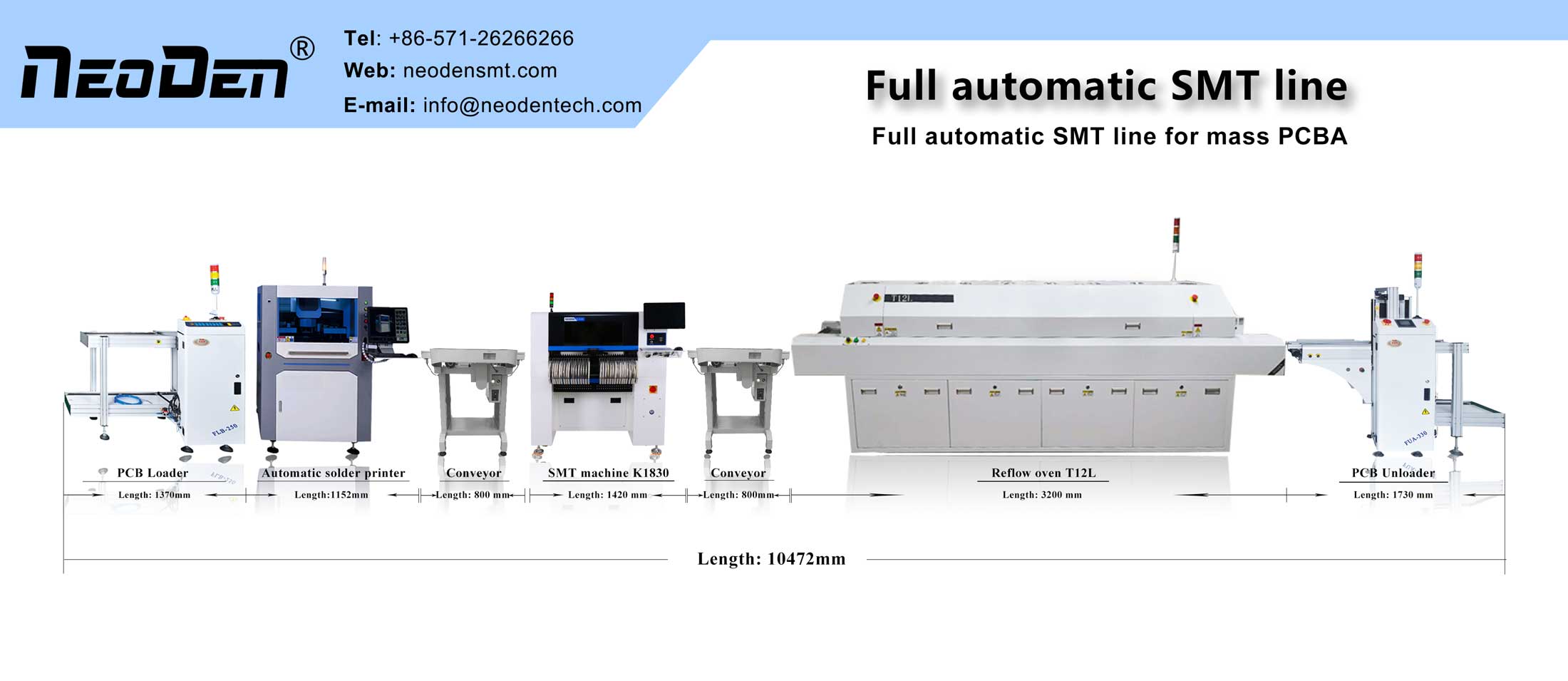5. Manual wiring and the handling of critical signals
Although this paper focuses on automatic wiring, but manual wiring in the present and future are an important process of printed circuit board design. The use of manual wiring helps automated wiring tools to complete the wiring work. Regardless of the number of critical signals, these signals are routed first, either manually or in conjunction with an automated routing tool. Critical signals usually require careful circuit design to achieve the desired performance. Once the wiring is complete, the signals are checked by the appropriate engineering staff, which is a relatively easy process. After the check is passed, these lines will be fixed, and then start the rest of the signals for automatic wiring.
6. Automatic wiring
The wiring of critical signals need to be considered in the wiring to control some electrical parameters, such as reducing the distribution of inductance and EMC, etc., for other signals is similar. All EDA vendors will provide a way to control these parameters. The quality of automated wiring can be guaranteed to some extent after understanding what input parameters are available to the automated wiring tool and how the input parameters affect the wiring.
Generic rules should be used to automatically route signals. By setting constraints and no-wire zones to limit the layers used for a given signal and the number of vias used, the routing tool can automatically route the signal according to the engineer’s design concept. If there are no constraints on the layers and the number of vias used by the automated routing tool, every layer will be used in the automated routing and many vias will be created.
After setting the constraints and applying the rules created, the autowiring will achieve similar results to those expected, although some tidying up may be required, as well as securing space for other signals and network cabling. After a portion of the design has been completed, it is fixed to prevent it from being affected by later wiring processes.
Use the same procedure to wire the remaining signals. The number of wiring passes depends on the complexity of the circuit and how many general rules you have defined. After each category of signals is completed, the constraints for wiring the rest of the network are reduced. But with this comes the need for manual intervention in wiring many signals. Today’s automated wiring tools are very powerful and can usually complete 100% of the wiring. But when the automatic wiring tool does not complete all the signal wiring, it is necessary to manually wire the remaining signals.
7. Design points for automatic wiring include:
7.1 Slightly change the settings to try multiple path wiring;.
7.2 to keep the basic rules unchanged, try different wiring layer, different printed lines and spacing width and different line widths, different types of holes such as blind holes, buried holes, etc., to observe the impact of these factors on the design results;.
7.3 Let the wiring tool handle those default networks as needed; and
7.4 The less important the signal, the more freedom the automatic wiring tool has to route it.
8. Organisation of wiring
If the EDA tool software you are using is able to list the wiring lengths of signals, check this data and you may find that some signals with very few constraints are wired for very long lengths. This problem is relatively easy to deal with, through manual editing can shorten the signal wiring length and reduce the number of vias. During the finishing process, you need to determine which wiring makes sense and which does not. As with manual wiring designs, automatic wiring designs can be tidied up and edited during the checking process.
Post time: Aug-22-2023

